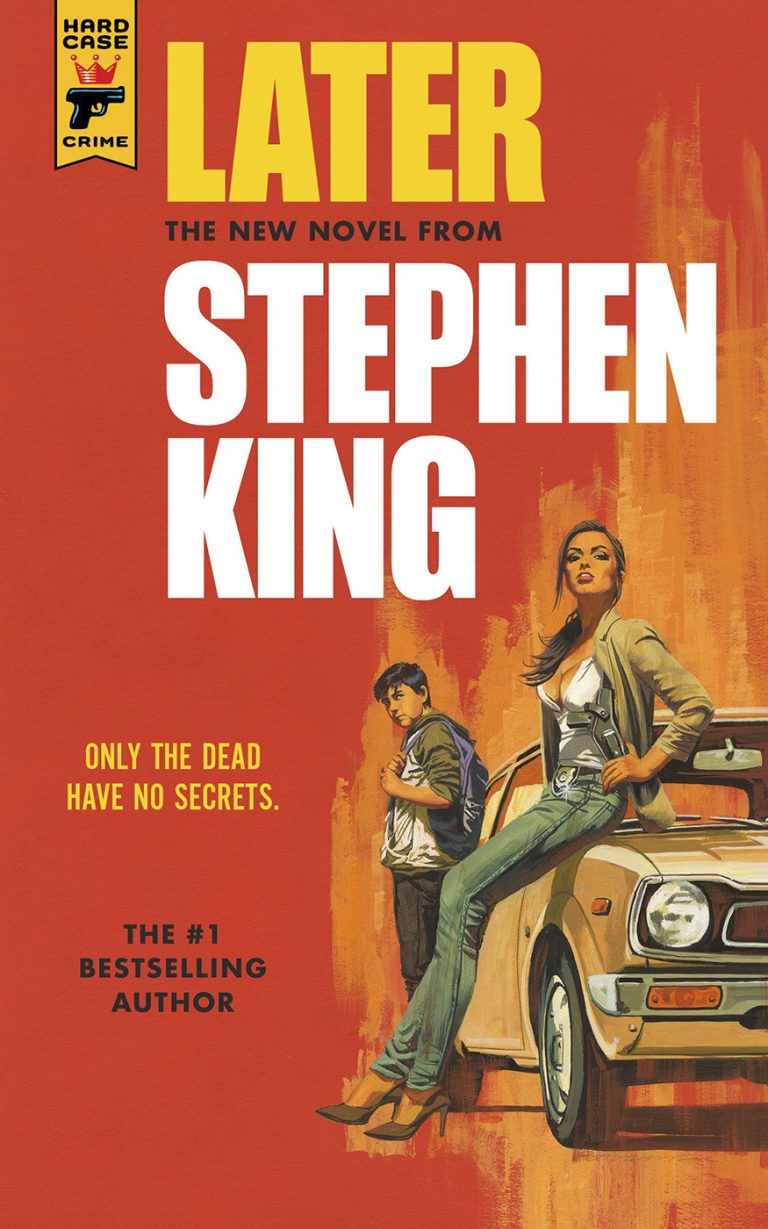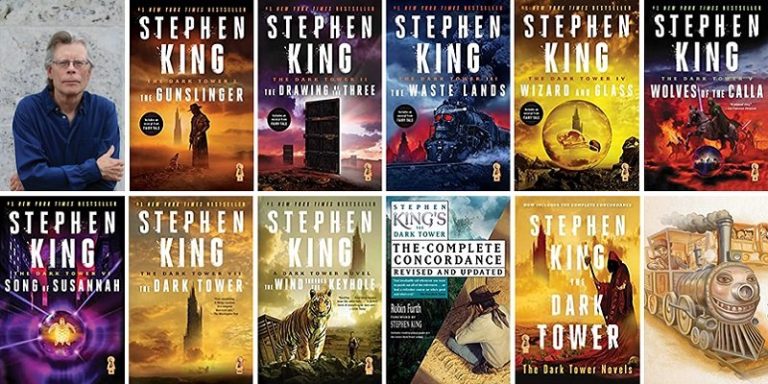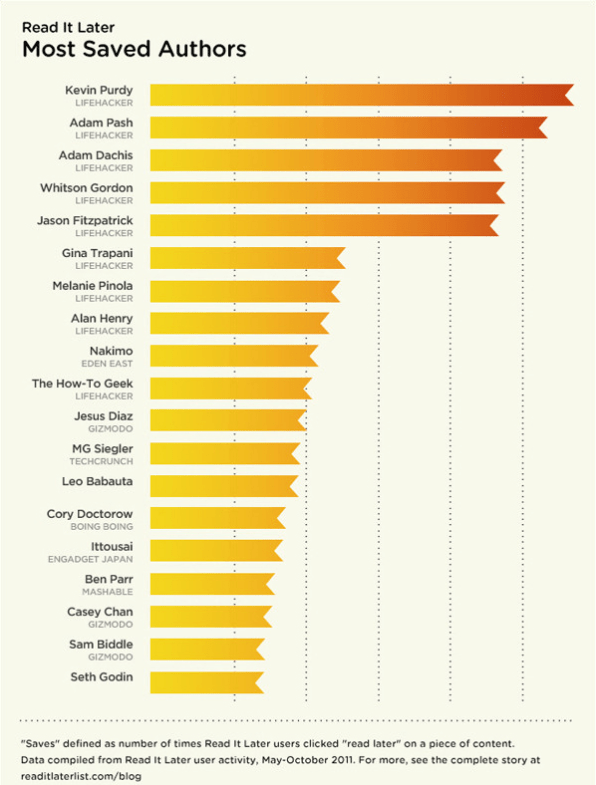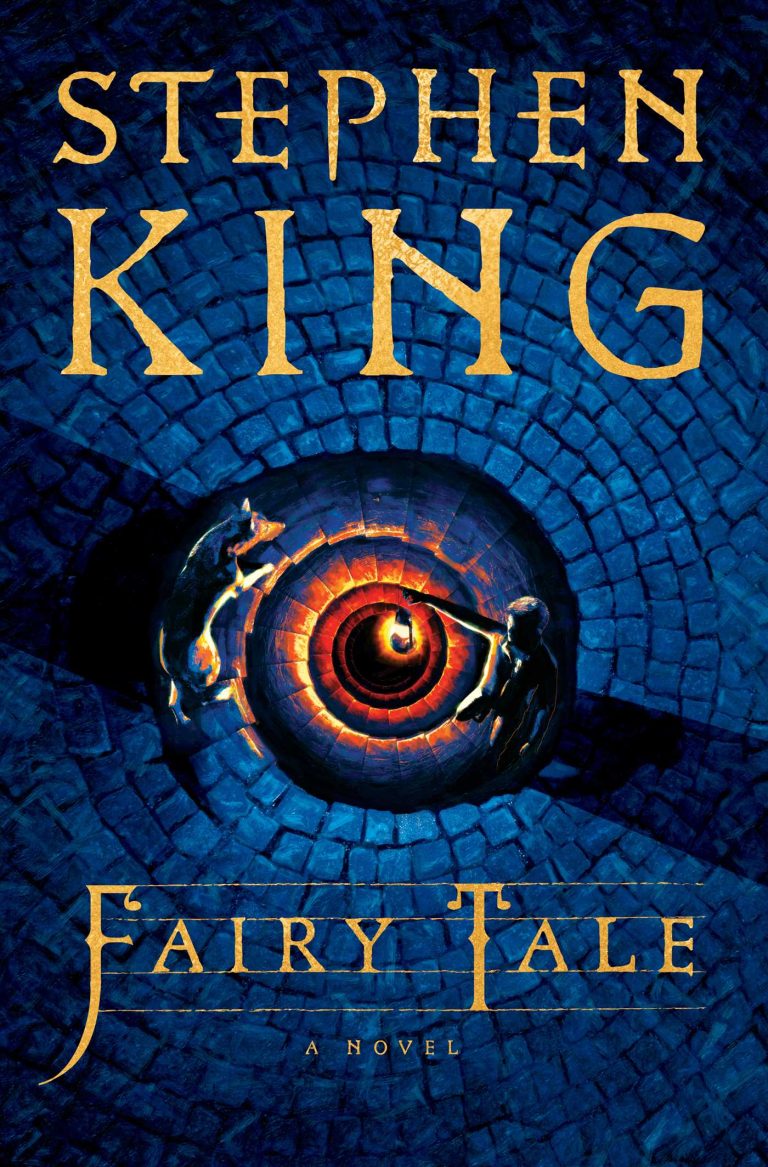The King’s Menagerie: Animals And Pets In Stephen King’s Books
Stephen King is undoubtedly the king of horror, but did you know that he also has a menagerie of fascinating animals and pets in his books? From the loyal and lovable to the eerie and unsettling, King’s creatures add an extra layer of intrigue to his already gripping tales. So, grab your flashlight and let’s take a walk through “The King’s Menagerie: Animals and Pets in Stephen King’s Books.”
In the world of Stephen King, animals play a significant role, often serving as more than just companions to the characters. They become symbols, manifestations of evil, or even conduits for supernatural forces. Whether it’s Cujo, the rabid St. Bernard from hell, or Church, the resurrected cat with a sinister secret, these creatures bring an additional layer of suspense and terror to King’s narratives. So, buckle up and prepare to explore the wild and wonderful world of animals and pets in Stephen King’s books.

The King’s Menagerie: Animals and Pets in Stephen King’s Books
Stephen King is a master of horror and suspense, captivating readers with his chilling stories and unforgettable characters. While his books are primarily known for their terrifying plotlines and complex human characters, King also incorporates animals and pets into his narratives. These creatures add an extra layer of depth and intrigue to his stories, serving as symbols, companions, and sometimes even sources of horror. In this article, we will explore the role of animals and pets in Stephen King’s books, delving into their significance and impact on the overall storytelling.
The Symbolism of Animals in Stephen King’s Books
In many of Stephen King’s works, animals serve as powerful symbols, representing various themes and concepts. For example, the iconic St. Bernard dog, Cujo, in King’s novel of the same name, symbolizes untamed aggression and the destructive potential that lies within all of us. Cujo’s descent into madness mirrors the characters’ struggles with their own inner demons, highlighting the thin line between civilization and savagery.
Similarly, in “Pet Sematary,” the resurrected pets become symbols of death, loss, and the dark consequences of tampering with the natural order of life. The reanimated cat, Church, and the undead dog, Winston Churchill, embody the haunting idea that death cannot be cheated, and the consequences of trying to do so can be catastrophic.
The Power of Animal Companionship
One recurring theme in Stephen King’s books is the deep bond between humans and animals, particularly pets. These faithful companions provide comfort, loyalty, and solace to the characters, often becoming their only source of emotional support in times of crisis. This connection with animals highlights the importance of compassion, empathy, and the need for unconditional love.
In “The Dark Tower” series, the gunslinger Roland Deschain’s relationship with his animal companion, Oy the billy-bumbler, exemplifies this theme. Oy becomes Roland’s most trusted ally and confidant, offering companionship and unwavering loyalty in their treacherous journey. Through Oy, King emphasizes the power of friendship and the resilience that can be found in even the most unlikely of relationships.
Another notable example is the relationship between the young protagonist, Todd Bowden, and his pet dog, Sparky, in “Apt Pupil.” Sparky serves as Todd’s moral compass, challenging his descent into darkness and reminding him of his humanity. This bond between Todd and Sparky highlights the transformative power of love and the potential for redemption, even in the face of evil.
The inclusion of animal companions in Stephen King’s stories adds depth and emotional resonance to his narratives. These creatures not only serve as symbols but also offer a glimpse into the complexities of the human condition and the enduring power of love and loyalty.
The Menacing Beasts: Animals as Sources of Horror
While animals can often be a source of comfort and companionship, Stephen King also utilizes them as harbingers of horror and manifestations of evil. These creatures, twisted by supernatural forces or driven by instinctual malevolence, evoke fear and tension in the readers, heightening the overall sense of dread in the stories.
In “Cujo,” the titular St. Bernard dog becomes a terrifying force of destruction, driven to madness by a rabies infection. Through Cujo, King taps into the primal fear of man’s best friend turning into a ferocious predator, challenging the notion of domesticated animals as unconditionally safe and benign.
Similarly, in “Pet Sematary,” the reanimated pets become instruments of terror, their twisted and sinister nature reflecting the dark forces at play in the story. These once-beloved companions turn into nightmarish entities, fueling the horror and illustrating the consequences of meddling with death.
The Animal Kingdom: A Haunting Reflection
Stephen King’s use of animals as sources of horror serves as a chilling reflection of the untamed and unpredictable nature of the animal kingdom. It reminds us that, despite our attempts to control and domesticate animals, they still possess primal instincts and a capacity for violence. This portrayal adds an extra layer of realism and suspense to King’s narratives, keeping readers on the edge of their seats and reminding them of the fragility of the human condition.
In “The Girl Who Loved Tom Gordon,” King explores the fear of the unknown through the presence of a menacing bear. This creature represents the vast wilderness that lies beyond human civilization, a realm where danger lurks and survival is uncertain. The bear becomes a symbol of the primal fears and challenges that humans must confront when faced with the harsh realities of the natural world.
Overall, Stephen King’s inclusion of menacing animals in his stories serves to heighten the tension and fear experienced by the readers. These creatures embody the dark forces and primal instincts that exist both within the animal kingdom and within ourselves, reminding us that evil can manifest in unexpected and terrifying forms.
The Impact of Animals in Stephen King’s Books
In addition to serving as symbols and sources of horror, animals and pets have a profound impact on the overall narrative and character development in Stephen King’s books. They provide emotional depth, moral guidance, and often act as catalysts for the events that unfold.
The presence of animals in King’s stories adds a layer of realism and relatability to the fantastical and supernatural elements. They serve as a grounding force, reminding readers of the ordinary and familiar amidst the extraordinary and terrifying. This contrast enhances the immersion and emotional engagement of the readers, making the stories more impactful and resonant.
Furthermore, the interactions between humans and animals in King’s narratives offer insights into the characters’ personalities, motivations, and internal conflicts. The way characters treat and interact with animals reveals their moral compass, empathy, and capacity for love. It humanizes the characters, making them more relatable and multidimensional.
In “The Shining,” the presence of the Overlook Hotel’s hedge animals heightens the sense of isolation and impending doom. These eerie creatures, brought to life by supernatural forces, serve as manifestations of the hotel’s malevolence and the protagonists’ descent into madness. Their presence adds an extra layer of psychological horror and foreshadows the inevitable tragedy that awaits.
The impact of animals in Stephen King’s books extends beyond their individual roles and symbolism. They contribute to the overall atmosphere, tone, and thematic depth of the stories, enriching the readers’ experience and leaving a lasting impression.
In conclusion, Stephen King’s incorporation of animals and pets in his books adds a layer of complexity, symbolism, and tension to his narratives. These creatures represent more than just companions or sources of horror; they embody deeper themes, offer moral guidance, and provide insights into the human condition. Whether they serve as symbols, sources of terror, or catalysts for events, animals play a significant role in Stephen King’s storytelling, captivating readers and leaving a lasting impression.
The King’s Menagerie: Animals and Pets in Stephen King’s Books
- Animals play important roles in Stephen King’s books, often serving as symbols or catalysts for supernatural events.
- Pets, such as dogs and cats, are commonly featured in King’s stories, providing companionship and protection to the characters.
- Stephen King has a knack for creating memorable animal characters that readers can’t help but root for.
- From the menacing Cujo to the mysterious Randall Flagg’s crow, animals bring an extra layer of intrigue to King’s narratives.
- King’s use of animals also explores themes of loyalty, instinct, and the blurred line between the natural and supernatural worlds.
Frequently Asked Questions
1. Are animals and pets a common theme in Stephen King’s books?
Yes, animals and pets are a recurring theme in Stephen King’s books. King often incorporates animals and pets into his stories to add depth to his characters and create a sense of realism. Whether it’s a loyal dog, a menacing cat, or even a supernatural creature, animals play a significant role in many of King’s novels.
Not only do animals and pets serve as companions to the characters, but they also become symbols of innocence, loyalty, and sometimes even evil. King’s use of animals and pets adds an extra layer of complexity to his stories and keeps readers engaged throughout.
2. Which Stephen King books feature memorable animal characters?
Several Stephen King books feature memorable animal characters that leave a lasting impression on readers. One such book is “Cujo,” where a seemingly friendly Saint Bernard turns into a terrifying monster after being bitten by a rabid bat. Another notable mention is “Pet Sematary,” where the burial ground brings deceased animals back to life, but with sinister consequences.
Other books that showcase memorable animal characters include “The Dark Tower” series, featuring Oy, a billy-bumbler with human-like intelligence, and “The Stand,” where a supernatural wolf named Wolf leads the way for the survivors. These animal characters often play pivotal roles in the stories and contribute to the overall atmosphere and tension.
3. How does Stephen King use animals and pets to enhance his storytelling?
Stephen King masterfully uses animals and pets to enhance his storytelling in various ways. Firstly, they serve as companions and sources of comfort for his characters, highlighting their vulnerability and humanity. Animals often become the only source of solace in a world full of horrors.
Furthermore, animals and pets in King’s books can also be manifestations of evil or supernatural forces. They can act as harbingers of danger or serve as vessels for malevolent spirits. This juxtaposition of innocence and darkness adds depth to King’s narratives and keeps readers on the edge of their seats.
4. Are the animals in Stephen King’s books always portrayed realistically?
In most cases, Stephen King portrays animals in his books realistically, capturing their behaviors and characteristics accurately. Whether it’s a dog’s loyalty, a cat’s unpredictability, or a bird’s ability to sense danger, King’s descriptions of animals are often rooted in reality.
However, being a master of horror and fantasy, King also takes creative liberties with some of his animal characters. He imbues them with supernatural abilities or twists their natural instincts to fit the narrative. These imaginative elements add an extra layer of intrigue and suspense to his stories.
5. Do animals and pets play a significant role in Stephen King’s character development?
Absolutely. Animals and pets play a significant role in character development in Stephen King’s books. They provide insight into the personalities, fears, and desires of his characters. The way characters interact with animals can reveal their compassion, vulnerability, or even their capacity for cruelty.
Additionally, animals often serve as catalysts for change or pivotal moments in a character’s journey. They can be a driving force for redemption, bravery, or self-discovery. The bond between characters and their animal companions creates emotional connections that resonate with readers long after they finish the book.
Stephen King’s Pet Sematary (audiobook) pt1 (10 Hours)
Final Summary: The King’s Menagerie of Animals and Pets
As we delve into the captivating world of Stephen King’s books, it becomes apparent that animals and pets play a significant role in his storytelling. From the loyal companions to the eerie creatures, King’s menagerie adds depth, symbolism, and a touch of the supernatural to his narratives. Whether it’s the iconic St. Bernard in “Cujo” or the mysterious crows in “The Dark Half,” these animal characters bring an extra layer of intrigue to King’s already gripping tales.
Throughout his works, King masterfully utilizes animals to heighten tension, reflect the human condition, and highlight the blurred boundaries between reality and the supernatural. From the wise and enigmatic Mr. Jingles in “The Green Mile” to the eerie hedge animals in “The Shining,” these creatures become integral to the plot and leave a lasting impression on readers. Their presence serves as a reminder that in King’s world, even the animals have a story to tell.
With each book, King’s menagerie of animals and pets takes us on a journey that combines the familiar and the uncanny. From the ordinary cats and dogs to the otherworldly creatures that lurk in the shadows, they add a layer of complexity and unpredictability to the narrative. King’s ability to seamlessly blend the natural and supernatural worlds is what keeps readers coming back for more, as they eagerly await the next installment in his captivating literary universe.
In conclusion, Stephen King’s use of animals and pets in his books is not simply a whimsical choice; it is a deliberate and effective tool to enhance the reader’s experience. By infusing his stories with a diverse array of animal characters, King creates a world that is both relatable and extraordinary. So, the next time you pick up one of King’s books, keep an eye out for the animals and pets that populate his pages, for they are more than just side characters – they are indispensable players in the grand tapestry of his storytelling.






